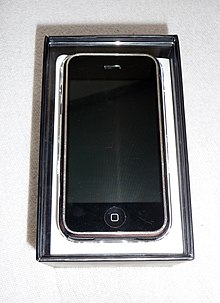Collectable
Examples of items commonly sold as collectables include plates, figurines, bells, graphics, steins, dolls, and art.They were originally[5] applied to products related to the arts—such as books, prints or recorded music and films—but are now used for cars, fine wine and many other collectables.One use is in the form of licensed collectables based on intellectual properties, such as images, characters and logos from literature, music, movies, radio, television, and video games.Another use of collectables in retail is in the form of prizes (items of nominal value packaged with or included in the price of a retail product at no additional cost) and premiums (items that can be "purchased" by redeeming coupons, boxtops, or proofs of purchase from the product along with a small fee to cover shipping and handling).Just like in physical collecting, items can hold value due to different reasons, but they are not necessarily monetarily valuable, rare, uncommon or aesthetically pleasing.[7] The urge to collect unusual and fascinating objects is primeval and not limited to humans (bowerbird, pack rat).Early versions of a product, manufactured in smaller quantities before its popularity as a collectable developed, sometimes command exorbitant premiums on the secondary market.

Collectable (disambiguation)Collector's ItemWorld Expo 88Sovietrubiesoriginal iPhoneCollectingAntiqueAntiquitiesEphemeraParaphernaliaPremiumScientificSouvenirSpecial editionList of collectablesobjectcollectorplatesfigurinesgraphicssteinsSpecial editionsintellectual propertiesprizespremiumsboxtopsproofs of purchasememorabiliablockchain NFT craze of 2020–2021cryptocurrencyCurio CardsRare PepeCryptoPunksdigital artworksCabinet of Curiositiescigarette cardscigarettessports cardsBeanie Babiesvideo gamesCollectible market indexArt CollectingCoin collectingStamp collectingVintage spiritsWayback MachineTheFreeDictionary.com
